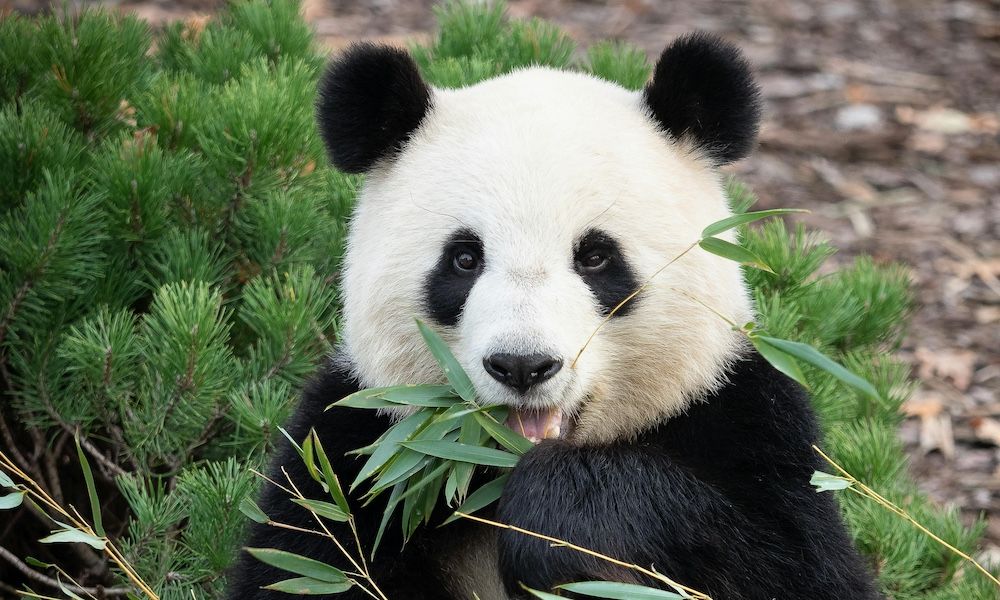Whether trees "talk" to each other is an intriguing question. While trees clearly don't communicate in the same way humans do with words, from a scientific perspective, trees do interact and exchange information in very unique ways, which can be figuratively referred to as "tree conversations."
In nature, trees communicate through various mechanisms, the most well-known being the so-called "wood wide web" or "tree social network," a system of interconnectedness formed by underground fungal mycelium (known as mycorrhizal networks). Through this network, trees exchange water, nutrients, and even chemical signals.
For example, when a tree is attacked by pests, it can send out warning signals to nearby trees through this mycorrhizal network, prompting them to initiate defense mechanisms and produce chemicals to ward off the pests. This process can be seen as trees "sending messages," though not through traditional language, but rather through chemicals and electrical signals.
Additionally, trees also "talk" to each other through volatile organic compounds in the air, such as the scents released by trees when under attack. These chemical signals can alert nearby trees to strengthen their defenses. For example, when one tree is infested by insects, it might release a scent that triggers surrounding trees to produce insect-repellent chemicals.
Scientists have even discovered that some trees collaborate in this way. Older trees may share nutrients with younger trees through their root systems, especially when resources are scarce. This kind of cooperation is especially evident in times of environmental stress.
Of course, this "talking" is not the complex language exchange we might imagine; rather, it is a biological signal transfer and cooperation that helps trees and plant communities maintain ecological balance and survive in competitive environments. Although they do not communicate with words, their "information exchange" is a remarkable form of adaptation.
So, while trees do not "talk" in the traditional sense, through biological signals and chemical responses, they do communicate in their own way, showcasing the complexity and wonder of nature.





